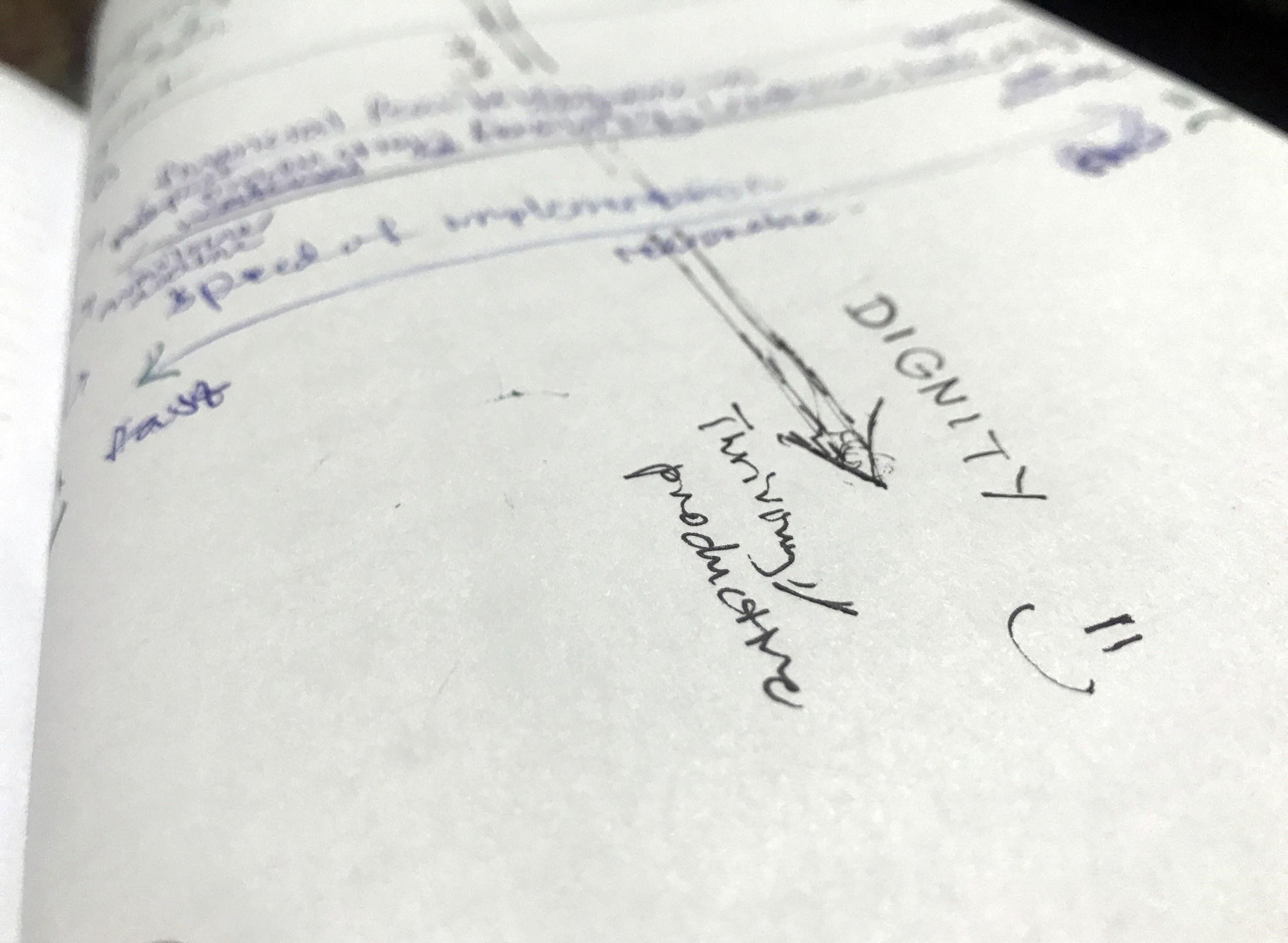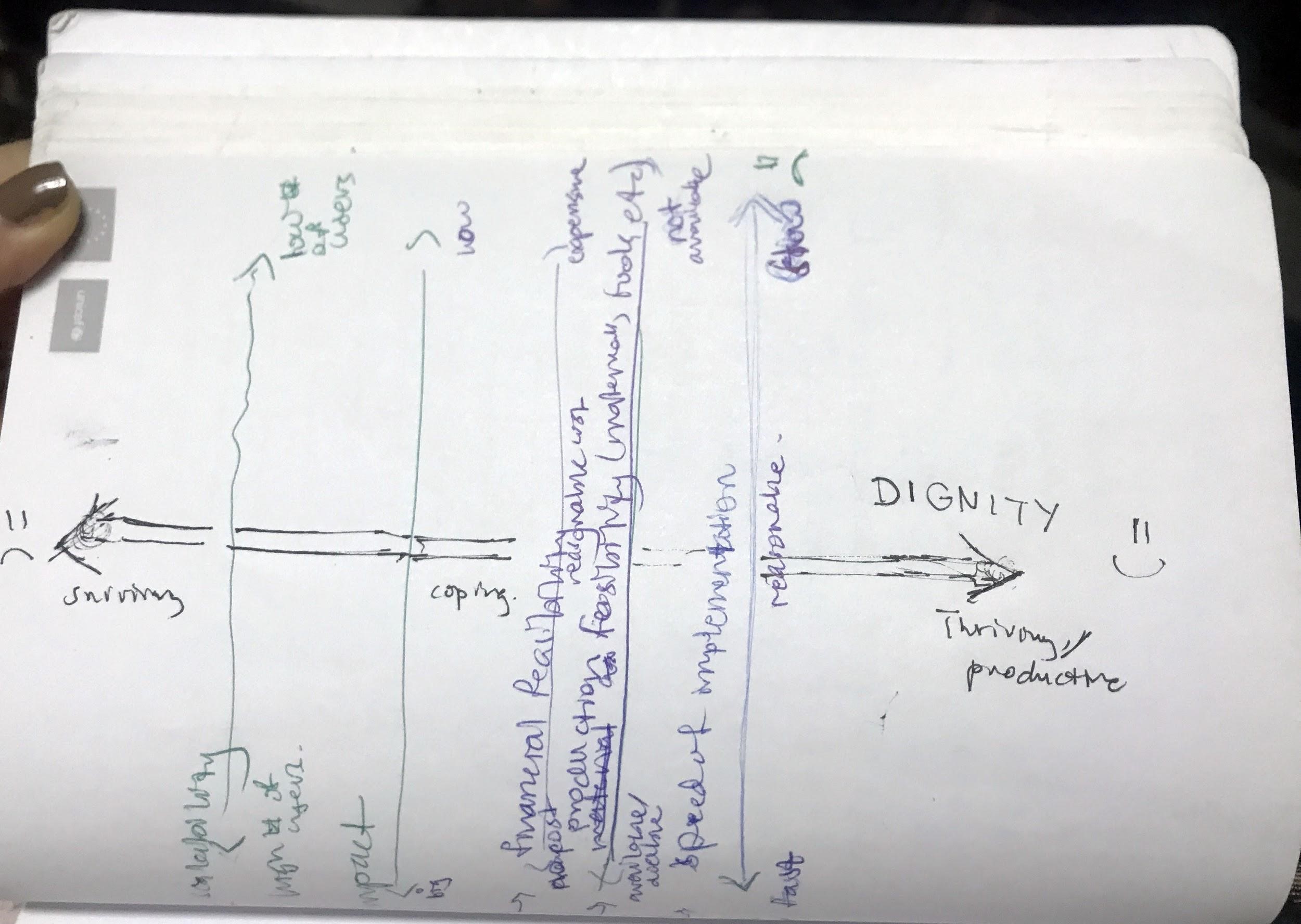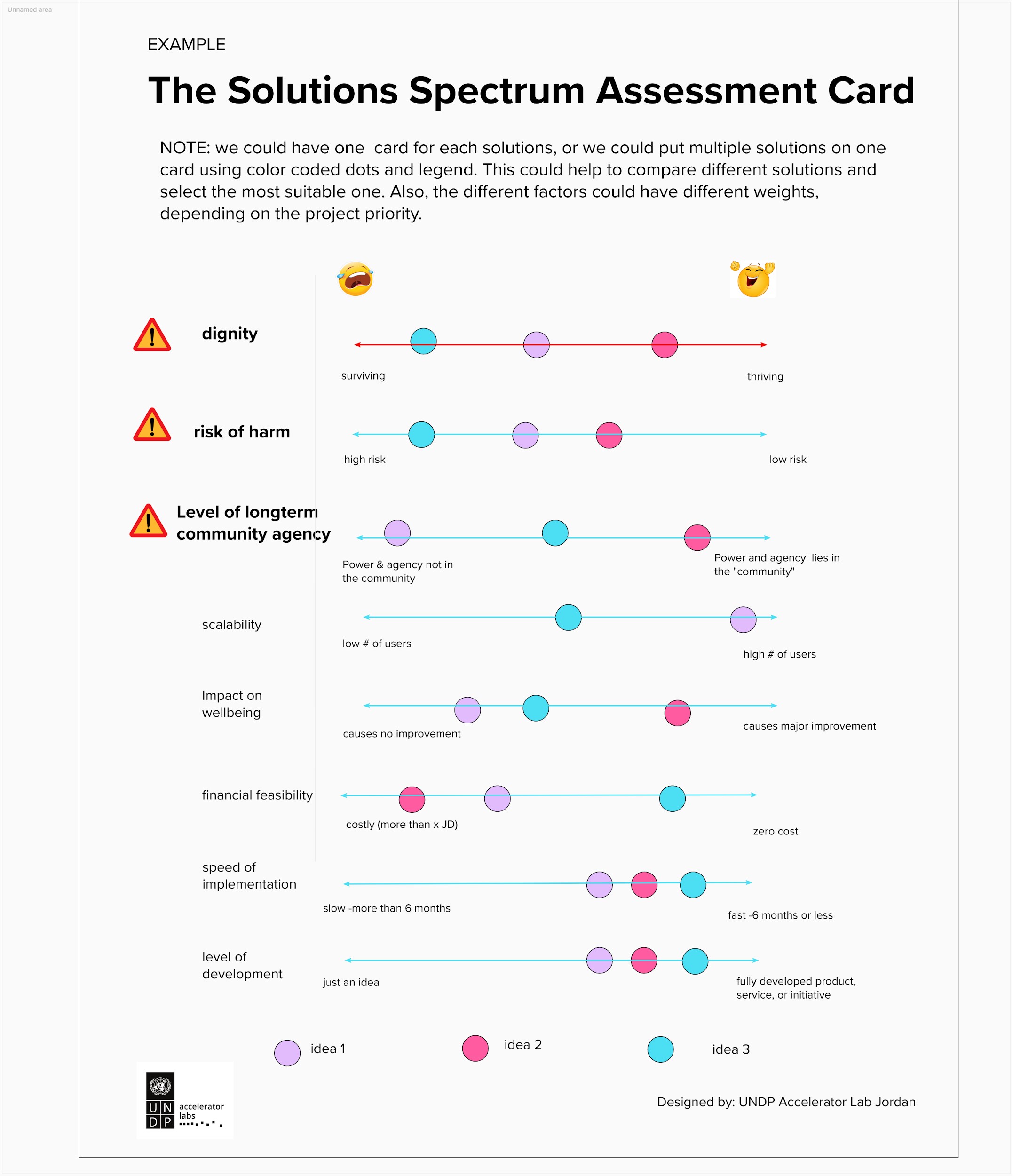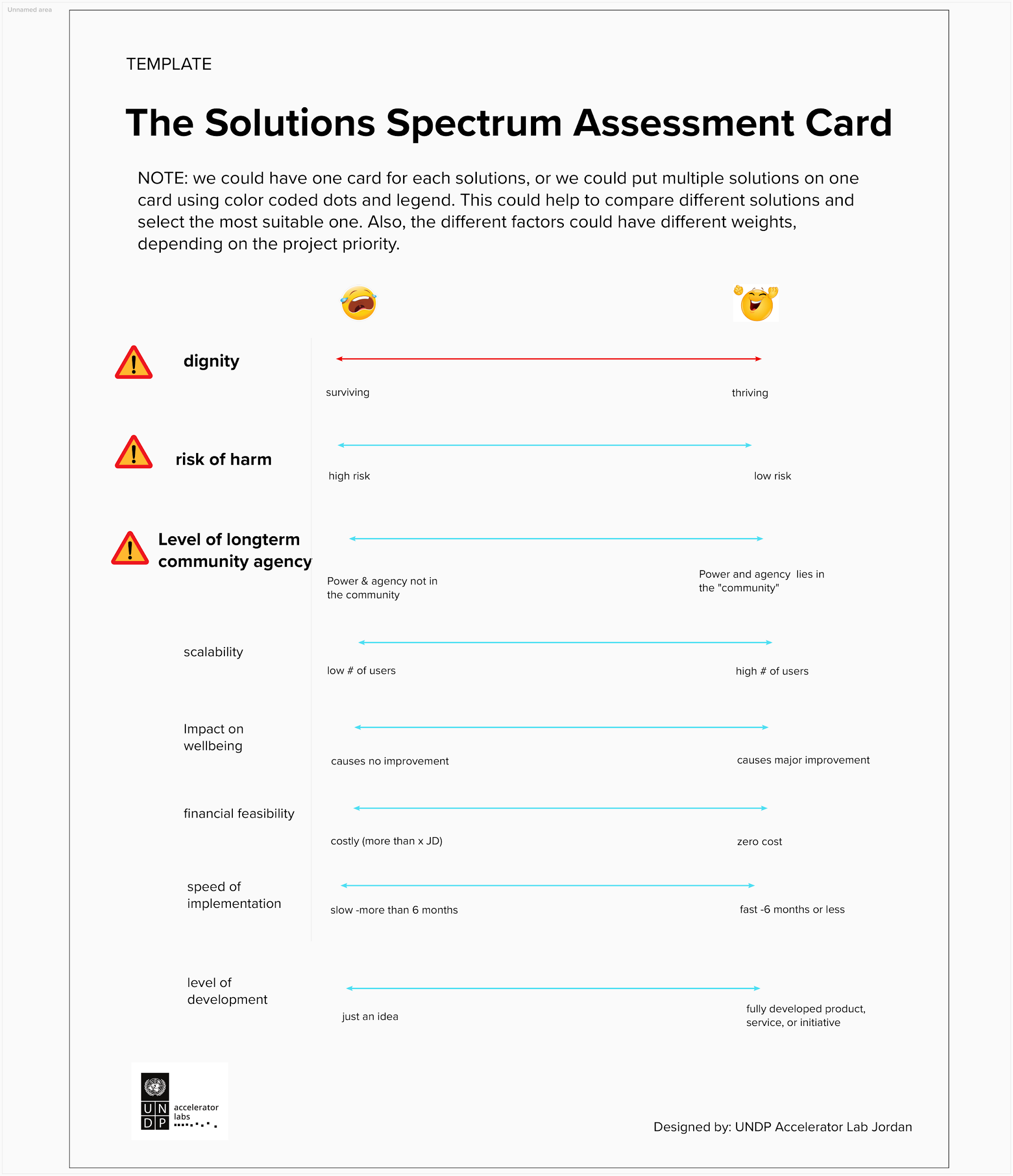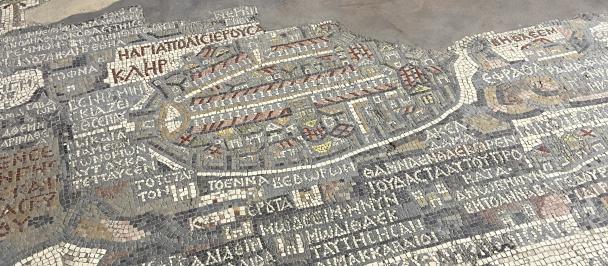by Ru’a Al-Abweh, Head of Solutions Mapping, UNDP Accelerator Lab Jordan - Twitter | LinkedIn
It’s 7 pm on Thursday, September 24, and the Solutions Mapping WhatsApp group is buzzing with reflections, photos, emojis, and mappers from around the world cheering each other on -a typical kind of conversation for this group. Alongside our formal channels, WhatsApp is our safe haven for critical questions, ideas, and sometimes even venting.
That evening, there’s a special webinar that includes, Gina Lucarelli, Team Leader of the Accelerator Lab Network, Anil Gupta of the Honeybee Network, and some of our very own Solution Mappers. As this webinar streams live, the group is alive with virtual chit chat. At 10:57 pm, Amina Omicevic from Bosnia and Herzegovina jumps in with a reflection, “...local solutions are often focused on answering a specific individual or community need that needs immediate attention. And that every narrow focus sometimes leaves the broader range of issues hanging out…and reach for sometimes harmful instant solutions.”
I’m immediately drawn to this thought.
“I’ve been thinking about this lately. And wondering where the line is drawn between a coping mechanism and a solution. I feel like level of “dignity” would be a good measure of whether something is a solution. Have any of you faced this challenge? Of deciding whether or not something can be considered a solution?”
The conversation continues, as Najoua Soudi from Morocco remarks, “a good entry point could be having the humility to start looking for the solution people directly affected have already, because at least it says something about their unmet needs”.... “I love also what Ru’a said that we should apply a dignity lens and I think it is something we should theorize and take seriously.”
‘On it, Najoua!’. I think to myself.
Amina’s curious prodding and Najoua’s affirmation energize me to give this more attention -what is a solution and how do we decide if it’s “good enough” to test?
I grab my notebook and start scribbling -with my black inky pen, I scribble an arrow across the blank white page. On one side I draw a sad face, with the word “surviving”, and on the other, I draw a smiley face with the word “DIGNITY” in capital letters.
I start thinking about how we could assess a solution worth testing and potentially scaling. With a green ball point pen, I scribble another squiggly arrow; on the left hand side, I write
scalability, along with high # of users, and low # of users on the other side. A flurry of ideas comes to me and I write impact, financial feasibility, production feasibility, and speed of implementation.
Next, I open up Mural.co, one of the lab’s favorite online collaboration and brainstorming tools, and start to scribble virtually. A few hours later, and voilà -
The Solutions Spectrum Assessment Card.
This nifty little card is meant to be used in the context of a team discussion to:
- Assess and compare identified solutions[1], especially (but not exclusively) those found at a grassroots level during exploratory field visits, using eight criteria[2].
- Facilitate the process of making a decision on which solution to test, while aware of its opportunities and limitations.
So far, the Accelerator Lab Jordan has shared this tool with participants of the Youth Leadership Programme, who are encouraged to test it as part of their solution search for local challenges. We may also share it in a workshop for caseworkers to assess new ways of helping survivors of gender based violence, organized by UNDP Jordan in collaboration with Arab Renaissance for Democracy and Development (ARDD) as part of the 16 Days of Activism against Gender Based Violence. We are also planning to use this as part of the Accelerator Lab’s exploration of livelihoods in non-urban areas. Moreover, we have ambitions to share this tool widely for adoption in the development sector.
What started as a buzzing WhatsApp conversation from different corners of the world has led to a new Accelerator Lab tool. It’s moments of inspiration like this that keep my mind awake, even now writing this blog on a Monday evening at 11:46 PM in my work-from-home cave in Amman, Jordan.
Questions for reflection:
How do you assess solutions?
What do you think of the Solutions Spectrum Assessment Card? How could we improve it?
Would you like to test this new tool? If so, reach out to the author through the links below!
[1] In the context of the Accelerator Lab, a solution is anything designed to address a challenge or unmet need -from a survival mechanism to a fully developed solution.
[1] The eight criteria use a spectrum of “crying emoji” to “cheering emoji” (in more formal terms, the worst case and best case scenario):
- Dignity
- Risk of harm
- Level of long-term community agency
- Scalability
- Impact on wellbeing
- Financial feasibility
- Speed of implementation
- Level of development
It does not attempt to give the criteria different weights (with the exception of the first three highlighted) because the priorities and constraints of projects vary. For example, is funding readily available so a high-cost solution is feasible, but time is limited, so a solution that would take years to implement is not feasible?

 Locations
Locations